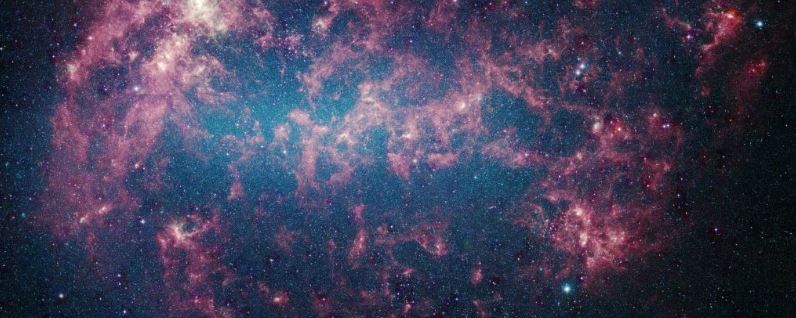


 8:51:35
8:51:35  2024-03-27
2024-03-27  951
951

Reality Of Islam |
|

A computer

Auburn Univ

Poisoning i

Water may s
 9:3:43
9:3:43
 2018-11-05
2018-11-05
10 benefits of Marriage in Islam
 7:5:22
7:5:22
 2019-04-08
2019-04-08
benefits of reciting surat yunus, hud &
 9:45:7
9:45:7
 2018-12-24
2018-12-24
advantages & disadvantages of divorce
 11:35:12
11:35:12
 2018-06-10
2018-06-10
 6:0:51
6:0:51
 2018-10-16
2018-10-16
 2:13:43
2:13:43
 2022-05-27
2022-05-27
 5:58:12
5:58:12
 2021-12-18
2021-12-18
 2:34:48
2:34:48
 2022-01-18
2022-01-18
 8:39:51
8:39:51
 2022-09-23
2022-09-23
 4:26:43
4:26:43
 2022-02-21
2022-02-21
 10:47:11
10:47:11
 2022-11-22
2022-11-22
 10:55:53
10:55:53
 2022-06-13
2022-06-13
 5:41:46
5:41:46
 2023-03-18
2023-03-18
| LATEST |